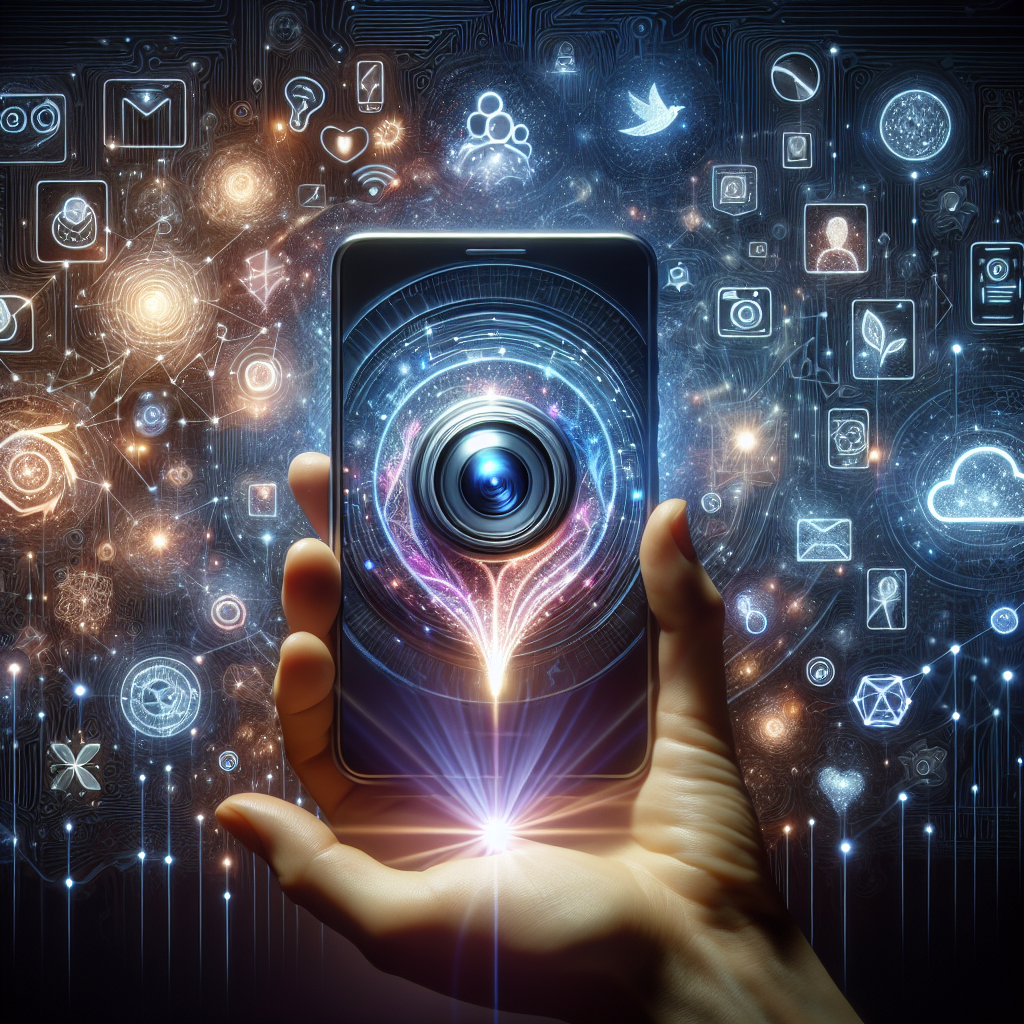AI Video Revolution: OpenAI’s Sora Soars to No. 3 on U.S. App Store Chart
OpenAI’s latest venture into artificial intelligence applications is already making waves. In just two days, “Sora” has catapulted to the No. 3 spot on the U.S. App Store charts, recording a staggering 164,000 downloads. As an AI-powered video generation app, Sora is showing early signs of being an industry disruptor — not just in consumer technology but also in professional and public-sector content applications.
What is Sora and Why It Matters
Sora, introduced by OpenAI, is designed to create realistic, high-quality videos from text prompts using advanced machine learning algorithms. Unlike traditional video editing and animation tools that require significant human input, Sora leverages generative AI to autonomously translate text into vivid, cinematic-level clips. Its breakthrough lies in reducing the barrier between ideation and visual storytelling.
Comparing Sora to Other AI Video Tools
While AI video generation is not entirely new, OpenAI’s Sora differentiates itself through several key improvements:
– **High Fidelity**: Content generated via Sora reflects a higher degree of realism and fluid animation compared to existing tools.
– **Ease of Use**: Users only need to input a simple prompt, reducing the need for technical knowledge or post-production editing.
– **Speed**: Rendering time is significantly quicker, which opens the door for real-time or near-real-time video deployment.
Sora is clearly riding the momentum created by its predecessors like ChatGPT and DALL·E — both widely acclaimed for making AI more accessible and commercially viable.
Factors Driving Sora’s Rapid Adoption
The swift climb of Sora to the top ranks of the app store is driven by a combination of market readiness and effective product design. Several factors contribute to its early success:
1. Influencer and Creator Support
Creators from TikTok, Instagram, and YouTube have already begun showcasing Sora-generated content. These early adopters demonstrate use cases ranging from mini-movie snippets to dynamic educational content, creating a network effect that drives viral adoption.
2. Accessibility
Sora’s interface is intuitive, making it available to users across skill levels and industries — from casual content creators to marketing professionals and even educators looking to visualize concepts.
3. Technological Trust in OpenAI
With the proven track record of GPT-4, Whisper, and DALL·E, OpenAI has cultivated a sense of reliability and performance consistency. Users are more inclined to try new releases coming from a visible and reputable tech entity.
Potential Use in Government and Public-Sector Projects
The implications of OpenAI’s Sora extend beyond consumer use. For government contractors and public entities, this technology introduces new opportunities to enhance communication, training, and outreach.
1. Policy and Program Visualization
Agencies can use Sora to visually explain complex policies, program workflows, or service-centric messaging to stakeholders and citizens. For instance, a Benefits Administration Program could generate explainer videos for new guidelines, improving public engagement and transparency.
2. Training and Onboarding Support
Federal and Maryland state agencies often need to onboard large groups or offer consistent training across decentralized teams. Sora-generated video content offers a cost-effective way to standardize messaging while minimizing manpower hours spent on repetitive training sessions.
3. Proposal and Grant Communication
Government contractors competing for bids can innovate their proposal delivery by incorporating AI-generated visuals that align with written narratives. A responsive RFP that includes conceptual video representations of project outcomes can elevate proposal scoring under evaluation criteria focusing on clarity and creativity.
Challenges and Compliance Considerations
While the utility of Sora in government operations is promising, contractors and public agencies must be mindful of several challenges:
– **Data Sensitivity**: Ensuring that no confidential government data is used inadvertently in prompt submission.
– **Bias and Accuracy**: AI rendering may distort intended messages or visuals; human review remains essential.
– **Accessibility Standards**: Compliance with Section 508 and ADA for any generated content intended for public dissemination is a critical check.
Looking Ahead: AI Video as a Strategic Resource
The early success of Sora is a clear indication that AI-generated video is poised for broad adoption across various sectors. For government contractors and agencies alike, now is the time to explore pilot initiatives and policy frameworks that encourage the responsible use of these technologies.
AI video tools like Sora can be transformative — not only for storytelling and education but also for optimizing internal processes, amplifying stakeholder communication, and driving innovation in public service delivery.
Conclusion
OpenAI’s Sora has made a dramatic entrance into the AI application space, reaching No.#AIVideo #OpenAISora #GenerativeAI #TechInnovation #DigitalStorytelling

